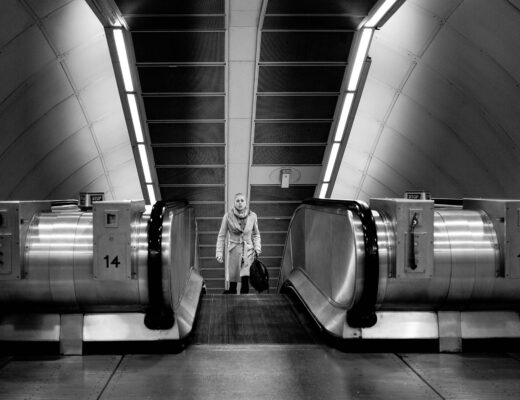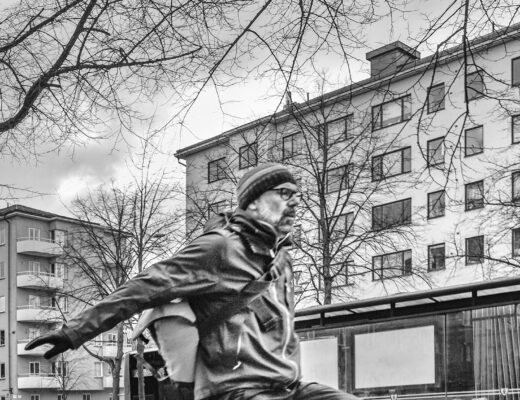I am an official Fujifilm X-Photographer and as such have the opportunity to sometimes test preproduction models of upcoming gear. After testing it I have to return said gear and, if I am convinced I need it (beware of GAS calling…!) I will buy it later from Fujifilm Switzerland. The opinions expressed in this article are my own and I am not paid by Fujifilm to do so.
Wine and the Piedmont Region in Italy are usually mentioned in one sentence and conjure up beautiful images. It is about soft light shining on hills packed with rows of grape vines and wineries nestled in the stunning landscape where people go for marvellous wine tastings. Looking at such pictures they exude a certain kind of romanticism which is often associated with wine making.
In 2004 I had the opportunity to work on a winery in Tuscany (another of those stunning wine regions in Italy) for three months. I developed a piece of software to help evaluate and analyse data from the workflow in the cellar and comparing it with benchmark values to analyse efficiency in the cellar. It was part of my degree in information systems I had obtained before adjusting my career path towards photography. It was undoubtedly one of the best summers I have had and I have a lot of fond memories of it of which some of them include those kind of romantic images, that I mentioned before. But having worked in the vineyards as well as the cellar during a full harvest after finishing the software, I got to see what wine making is really like. Handpicking grapes (resulting in better quality than what is achievable by machine) in sweltering heat for hours is bone aching work. The working days in the cellar are long. The wine press and everything else in the cellar has to be ready by the time the first grapes arrive in the morning. One batch of pressing grapes can take up to four hours which means you finish work long after the last grapes got delivered from the picking team. But after for me it was very rewarding work and I always knew I wanted to shoot this kind of work one day.
My starting point was a list of contacts which I could call upon and on whose premises I would be able to shoot. All the people I met during my stay were warm hearted and very generous in their help, as well as allowing me access to their lives and work. Shooting in such an atmosphere in such wonderful company is always a joy and I am deeply grateful for my job which allows me to do this.
I am looking for candid moments and try not to influence what is happening but rather stay in the background. While this usually works, most of the time the people in front of the camera are still aware of the presence of the photographer and might or might not act differently in that case from how they normally would. In the Piedmont people would sometimes call me to show me something special in the vineyard or invite me to their homes for coffee or tasting of their wine. I in all these cases I try to capture reality as honestly as I can.
For the whole week, I only shot with the GFX 50S and the X-Pro2 I had brought along as a backup remained in the bag. I shot about two thirds of all the images with the 45mm lens which is about a 35mm focal length in full frame equivalent. I usually shoot either 35mm of 50mm full frame equivalent lenses, since I feel the most comfortable with them and they seem to suit my style of work. Along the 45mm lens I had the GF 63mm f2.8 R WR which I used for some closer shots and GF 110 f2 R LM WR for landscapes (I wanted the compression of the longer lens to draw the hills together). I was glad about the weather sealing not so much in terms of moisture but rather because of the dust. The Piedmont region has seen one of the driest summers ever with about eight months without rain. The vineyards were dusty as hell and sticky grape juice adds its own flavour to the mix. The GFX and all the lenses withstood this without complaint and performed flawlessly.
The 45mm lens I used, was a preproduction model and although image quality is brilliant please bear in mind it might still have flaws or imperfections which will be resolved before the launch. Focussing is fast and accurate (in my opinion faster than the GF 63mm f2.8) and it has stellar sharpness. It is possible to blur the background when shooting wide open and it is my preferred lens for environmental portraits. But one word of advice: do really use the option set the focus point where you want it when shooting wide open (I usually make a rough selection by pointing in the desired area on the touch screen at the back of the camera and fine tune the position with the joystick). Don’t focus and recompose. Due to the large sensor, even small movements will shift the focal plane and someone’s eyes might already be out of focus when you are close to a subject when you recompose (I learned this the hard way). I “unfortunately” had to return the lens to Fujifilm after testing but have already ordered my copy of it and can’t wait for the availability in November!
As already mentioned before, the GFX 50S performed flawlessly and I had no trouble shooting a documentary with it. Its size is comparable to a normal full frame DSLR, which people are used to see and are not overly scared about it. Carrying around the camera all day wasn’t an issue either. The grip to hold it is large enough and fits nicely into my hand. The only complaint I have is about the layout of certain buttons. I sometimes accidentally hit the Q button with my thumb when loosely carrying the camera in my hand and I find the position of the playback-button very unfortunate. I cannot reach it with my right hand to chimp and thus cannot operate the camera with one hand only. To alleviate this, I set the customizable Fn2 button at the front of the camera to playback.
Having shot documentaries before with the smaller X-Trans sensors I had to adjust the settings a bit for the GFX. The larger sensor is more prone to handshake than the smaller ones. While an image can easily be shot handheld with a shutter speed of 1/focal length or even slower (with a 50mm lens this would be about 1/50s), with the GFX I had to work with shutter speeds of about 1/3*focal length to 1/4*focal length for sharp images (unless you can support yourself somewhere of course). Since I don’t carry around a tripod for a documentary and prefer an f-stop somewhere around f8 to f11 I would also shoot at higher ISO than with e.g. the X-Pro2. I usually use spot metering or set both shutter speed and f-stop manually while using autofocus.
All in all it was a fantastic week with wonderful encounters and I went home with some very nice shots. It was a great experience shooting a documentary with a medium format camera and it won’t be the last time I did this.




























